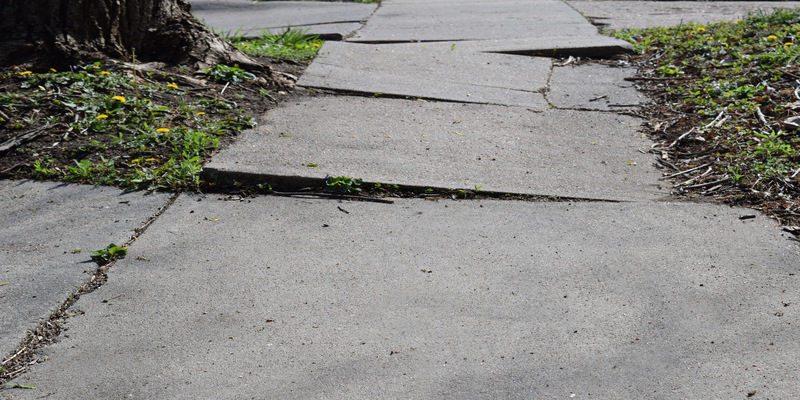Concrete is a sturdy building material, but it isn’t flawless or immune to damage. Eventually, the soil under and around the concrete will begin to erode and move, likely causing the concrete to sink or crack. An uneven surface can become a major tripping hazard while also taking away some of the aesthetic value of your property.
If you have such an uneven surface on your property, you might consider concrete lifting & leveling. Here are a few things you should know about this process:
- Best done by a professional: While concrete lifting & leveling can be very beneficial for your property, this is only true if the job is done by trained, professional hands. A professional can effectively level your damaged concrete, but someone with less training might end up causing more damage to your concrete that would require replacing the entire slab.
- How it works: So how do they lift your concrete if it’s firmly set into the ground? There are many methods out there for concrete lifting & leveling; some contractors prefer the method called poly-leveling. They drill holes into your concrete, fill it with polyurethane foam, and wait. The foam expands outwards and upwards to fill any gaps between the concrete and soil and pushes the concrete upwards to lift and level it. Experienced concrete experts have this process down to a science, so they know just how much foam to insert to get your concrete exactly level.
- Not just for walkways: Though the most common use for concrete lifting & leveling is for sidewalks or walkways, you can also use the same leveling method for swimming pools, basements, garage floors, and more. No matter the use, you will find that the results are durable and last up to ten
Contact your local concrete contractor to learn more about concrete lifting & leveling and whether this is suitable for your needs.

